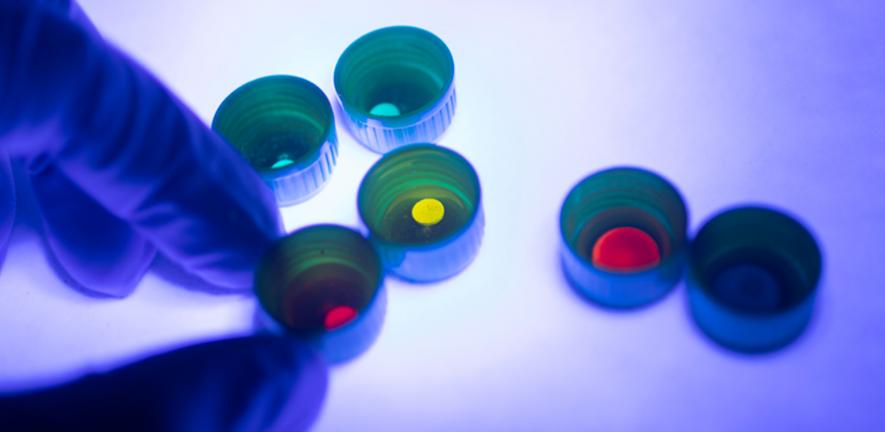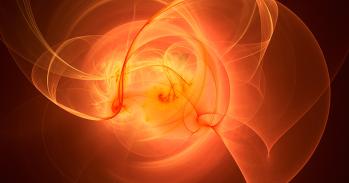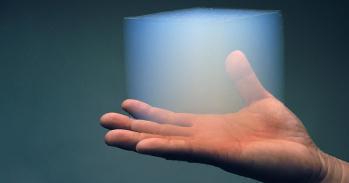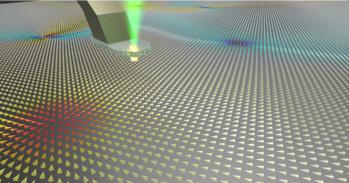
Cracked and blurry phone screens could someday be a thing of the past, suggests a new study from the University of Cambridge and the University of Queensland, Australia.
Cracked and blurry phone screens could someday be a thing of the past, suggests a new study from the University of Cambridge and the University of Queensland, Australia.
This is an example of how fundamental science leads to fantastic discoveries and possible real-life applications
Thomas Bennett
The international team of researchers has developed technology for next-generation composite glass, for use in lighting LEDs, smartphones, TVs and computer screens.
The materials are based on materials called lead-halide perovskites, which can trap light and store energy, like miniature solar panels.
The results, published in the journal Science, could enable the manufacture of glass screens that are less prone to cracking, but also deliver crystal clear image quality.
The results are a step forward in perovskite nanocrystal technology as previously, researchers were only able to produce this technology in the bone-dry atmosphere of a laboratory setting.
“These nanocrystals are extremely sensitive to light, heat, air and water – even water vapour in our air would kill the current devices in a matter of minutes,” said Dr Jingwei Hou from the University of Queensland (UQ), the paper’s first author.
The team of chemical engineers and material scientists has developed a process to wrap or bind the nanocrystals in porous glass. This process is key to stabilising the materials, enhancing their efficiency and preventing the toxic lead ions from leaching out from the materials.
“It was surprising to see the retention of the high temperature functional form in the glass,” said co-senior author Dr Thomas Bennett from Cambridge’s Department of Materials Science and Metallurgy. “This is an example of how fundamental science leads to fantastic discoveries and a possible real-life application of metal-organic framework glasses.”
The researchers say the technology is scalable and opens the door for many potential applications.
“At present QLED or quantum dot light-emitting diode screens are considered the top performer for image display and performance,” said Hou. “This research will enable us to improve on this nanocrystal technology by offering stunning picture quality and strength.”
“Not only can we make these nanocrystals more robust but we can tune their opto-electronic properties with fantastic light emission efficiency and highly desirable white light LEDs.” said co-author Professor Vicki Chen, also from UQ. “This discovery opens up a new generation of nanocrystal-glass composites for energy conversion and catalysis.”
The researchers say that a lot of optimisation work still needs to be carried out before any products based on the material could be made commercially available. “There are a huge amount of different combinations and it’s definitely going to be a big effort to determine which components seem to give the best combinations,” said Bennett.
The research is a collaborative effort from UQ, the University of Leeds, Université Paris-Saclay and the University of Cambridge.
Reference:
Jingwei Hou et al. ‘Liquid-phase sintering of lead halide perovskites and metal-organic framework glasses.’ Science (2021). DOI: 10.1126/science.abf4460
Adapted from a UQ press release.

The text in this work is licensed under a Creative Commons Attribution 4.0 International License. Images, including our videos, are Copyright ©University of Cambridge and licensors/contributors as identified. All rights reserved. We make our image and video content available in a number of ways – as here, on our main website under its Terms and conditions, and on a range of channels including social media that permit your use and sharing of our content under their respective Terms.




